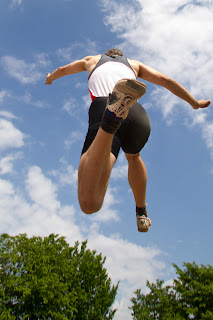The Facts on Unofficial Visits
So what is the unofficial visit? It is a visit to an institution / campus for those interested in athletic scholarships that is not funded by the college or university. It is a key recruiting tool, and a great way for prospective student athletes to get a feel for the school and its program. Below are some key Q & A on the visits.
How many unofficial visits can I take?
A prospect / recruit can take an unlimited amount of official visits.
When can I take an unofficial visit?
Unofficial visits can take place at any time, except during NCAA dead periods (see
NCAA Recruiting Calendars for Dead Periods), and can occur starting Freshman Year.
Is there any documentation required for an unofficial visit?
No.
Are there any length restrictions on an unofficial visit?
No, there is no limit to the length of an unofficial visit.
Can the college / university provide cost-free lodging, meals and entertainment during an unofficial visit?
No, these items cannot be funded.
Can the college / university provide transportation to athletic practice, competition sites or athletic events?
Yes, transportation can be provided.
Can the college / university provide complimentary admission to athletic events?
Yes, the institution can provide up to 3.
Can I participate in practice during an unofficial visit?
Participating in organized athletic events to test or view the candidates skills is expressly forbidden.
Can a coach offer me an athletic scholarship during an unofficial visit?
The unofficial visit is typically used to gauge a coach's level of interest, and on come occasions, an athletic scholarship can be offered.
What is the best time to take advantage of unofficial visits?
After establishing contact with a target school, Junior year spring / summer is the best time.
How do I schedule an unofficial visit?
Contact the coach by phone and let them know your intention. Most will be very receptive and help you schedule an appropriate time to visit when they will be available.
Want Tips on Unofficial Visits? See this post:
Tips on Unofficial Visits










